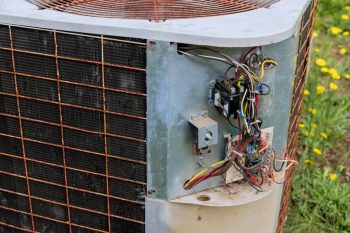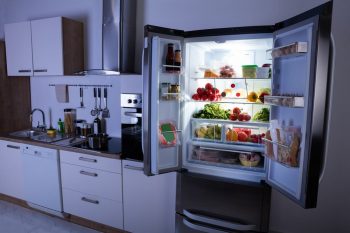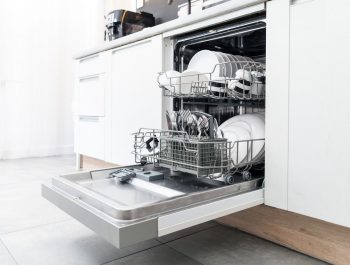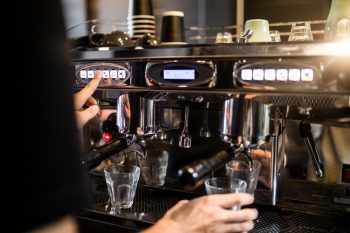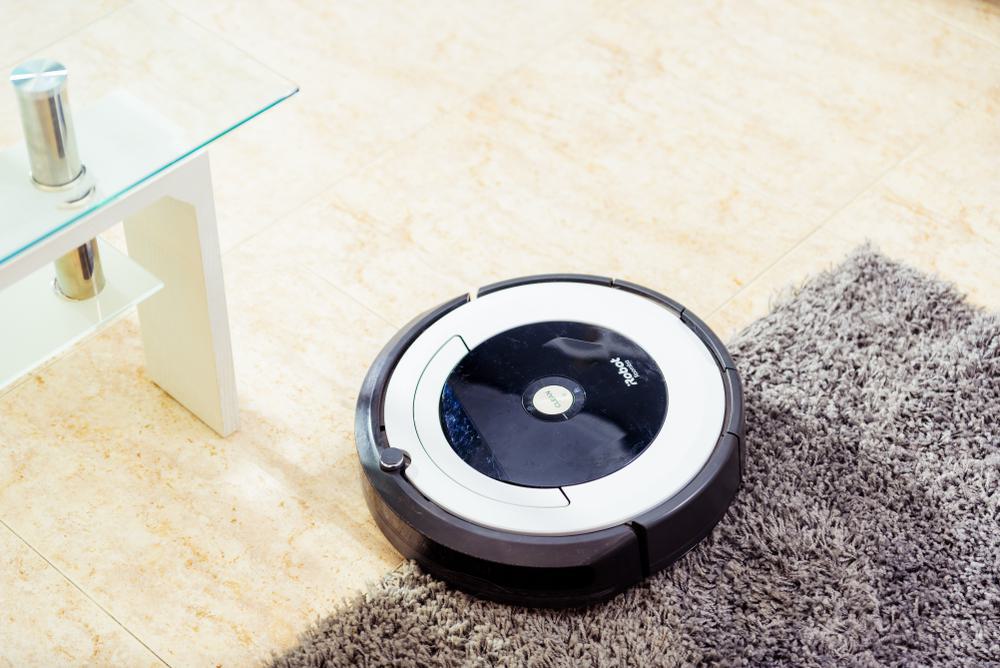
Roomba, a series of autonomous robotic vacuum cleaners sold by iRobot, has revolutionized the way we clean our homes. One of its most impressive features is its ability to map your house, ensuring thorough and efficient cleaning. But how exactly does the Roomba map your house? Let’s delve into the details.
Roomba maps your house using a combination of technologies including Visual Simultaneous Localization and Mapping (vSLAM) and Simultaneous Localization and Mapping (SLAM). These technologies, along with sensors, capture data points to create a detailed map of your home. Roomba also uses Imprint™ Smart Mapping Technology to learn and adapt to your home’s layout. However, it cannot navigate stairs and must be manually moved between floors.
Understanding Roomba’s Mapping Technology
Roomba vacuums use a combination of technologies to map your home, including Visual Simultaneous Localization and Mapping (vSLAM) and Simultaneous Localization and Mapping (SLAM).
vSLAM technology captures 230,400 data points per second using optical sensors. This data enables the vacuum to create a detailed map of its surroundings, including its own position in that environment. This allows the Roomba to chart where it is, where it has been, and where it needs to clean.
SLAM technology is a computational problem of constructing or updating a map of an unknown environment while simultaneously keeping track of the robot’s location within it. Roomba vacuums use SLAM in conjunction with sensors like OMNIVISION’s dynamic, compact sensor solutions and global shutter (GS) technology to navigate and map your home.
The Role of Imprint™ Smart Mapping Technology
After just one run, the Imprint™ Smart Mapping Technology allows your Roomba to learn and map your home, adapting to your needs. The vacuum learns your home’s floor plan, so you can direct it specifically where to clean using the iRobot Home app or a voice assistant, like Amazon’s Alexa or Google’s Assistant. This enables the vacuum to plan the most efficient cleaning path, avoiding obstacles and ensuring thorough coverage of your home’s floors.
Multiple Floor Mapping
Roomba can map multiple floors or rooms. The iRobot Roomba models, including the i6 to i8+, s9, S9+, j7+, and m6 mopping robot, can create multiple maps for different floors and spaces. They use vSLAM technology to navigate and map your home. After just one run, you can customize the map by creating rooms and zones so that you can tell your robot to clean or avoid specific areas.
However, Roomba cannot go up and down stairs by itself. To clean multiple floors, you must manually carry the Roomba to each floor. The Roomba iRobot can store up to 10-floor maps, making it easy for you to move it from one floor to another.
Navigating and Cleaning Efficiently with Roomba
When the Roomba starts cleaning, it follows a spiral pattern until it encounters a wall or obstacle. Once it finds an object, it follows along the edge of that object for a period of time and then starts crisscrossing, trying to figure out the largest distance it can go without hitting another object. This helps the Roomba determine the size of the space it is cleaning. If it goes for too long without hitting a wall, it starts spiraling again, as it assumes it is in a wide-open space. The Roomba’s dirt sensors also play a role in its navigation, as they help the robot detect areas with more dirt and adjust its cleaning pattern accordingly.
Data Security Measures
iRobot, the company behind Roomba, takes data security seriously and considers maps of the home to be sensitive, confidential information. They follow industry-standard guidelines to ensure the protection of this data. iRobot adopts a defense-in-depth approach to security, adding multiple layers of protection around their robots, cloud, and apps from start to finish.
Troubleshooting Mapping Issues
Some common issues or challenges with Roomba’s mapping technology include dirty rollers, outdated software or firmware, environmental factors, and Wi-Fi connectivity problems. To address these issues, you can clean the rollers regularly, update the Roomba’s software or firmware, rearrange furniture or remove objects that may be causing interference, and ensure a stable Wi-Fi connection.
In conclusion, Roomba uses a combination of advanced technologies to map out your home and clean it efficiently. Understanding how these technologies work can help you get the most out of your Roomba vacuum.
Frequently Asked Questions
How long does it take for the Roomba to map my house?
The time it takes for Roomba to map a house varies depending on the size and complexity of the floor plan. However, typically, it can map an average-sized home within one to five cleaning runs.
Can Roomba remember the location of furniture and other obstacles?
Roomba uses its sensors to detect obstacles like furniture and avoid them during cleaning. However, it does not permanently remember the location of specific objects. If you move your furniture, Roomba will adjust its map during its next cleaning run.
Will my Roomba work in the dark?
Yes, Roomba will work in the dark. It uses infrared sensors, not a camera, to navigate, so it can operate effectively in low-light conditions.
Can I use Roomba to clean multiple homes or locations?
Yes, Roomba can be used to clean multiple homes or locations. However, keep in mind that the robot will need to map each new location, which may require several cleaning runs.
Can the Roomba map and clean outdoor spaces?
No, Roomba is designed for indoor use only. Its sensors and mapping technology are not equipped to handle outdoor environments.
Does Roomba share my home’s map data with third parties?
According to iRobot, the company does not share your home’s map data with third parties without your explicit consent. They have strict data security measures in place to protect your information.

